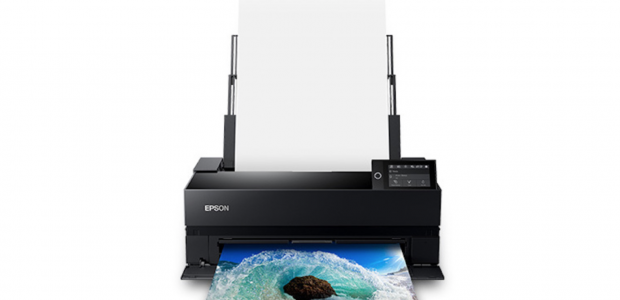By:Wai-Shan Lam
On December 1, 2003, Leica announced the Digilux 2 (D2) model. The D2 is a 5-megapixel camera with a 3.2x optical zoom. As many people know, Leica has been working with different companies in the past to design their digital cameras. A few years back, many of the Fujifilm digital cameras were also introduced under the Leica brand. And in recent years, Leica has partnered with Panasonic. The arrangement is similar to the one Sony and Zeiss share — where Zeiss would design the optics for Sony, Leica would design the optics for Panasonic.
Three months after the Leica D2 was announced Panasonic announced that they will be bringing out their version of the D2, DMC-LC1. The specifications of the two cameras are identical, but their suggested retail price varies a great deal. The D2 and LC1 differs in bundled software and cosmetics. Strangely, the lower priced LC1 comes with the cable release and 69mm (hard to find) multi-coated filter. (At least it does in Hong Kong).
My review concerns primarily with the LC1. I decided the $500 plus difference in street price is not worth it for me. But I am sure many will find the D2 package more attractive (for (for whatever reasons).
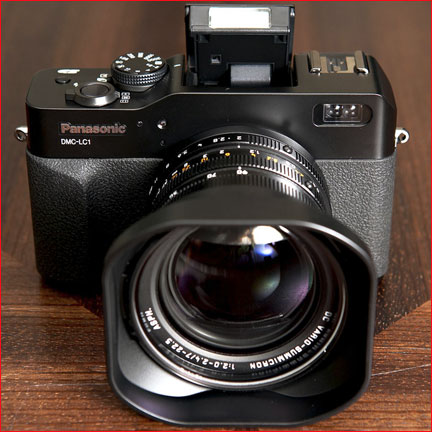
The Panasonic LC1 with the built-in flash in bounce position
I have long wanted a walk-around camera to accompany my Canon 1Ds outfit. The current trend of prosumer cameras is not a healthy one. In the most recent PMA, virtually every major camera company announced their ‘latest and greatest’ 8MP 2/3” prosumer models, most of them feature 8x plus zoom. While the specifications of these cameras look fantastic, they may not be the best performers in terms of absolute image quality. Noisy images and serious Chromatic Aberration seem to be the norm for these new prosumers. All I want is a high quality camera that I can bring around without breaking a sweat.
The LC1 is very closed to what I had hoped for. 5MP is plenty for my purpose, and by utilizing a 2/3” 5MP sensor instead of a 1/1.8” sensor, noise should be better than most 5MP cameras on the market (Nikon Coolpix 5700, Minolta A1, Sony F717 also use 2/3” 5MP sensors)
The lens is a dream come true. The LC1 incorporates a F2.0 – 2.4 Leica DC VARIO-SUMMICRON lens (13 elements in 10 groups) with zoom capability equivalent to 28 – 90mm on a 35mm camera. Not only that, but it has a mechanical zoom, focusing ring, and an aperture ring.
Operations
The LC1 is the best handling camera I have had in terms of ergonomics, weight distribution (balance) and ease of use. If you have ever shot with a film camera, you will immediately find your fingers at home. All the controls fall in the right places, and the subtle yet effective grip on the LC1 (something lacking on the Leica) makes you feel a lot more secured than otherwise. The LC1 features an EVF and a 2.5in LCD. The generously sized LCD is bright and clear, while the EVF is still something I need to get used to.
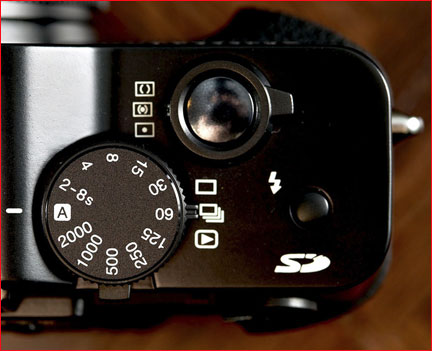
Mechanical zoom, focusing ring, aperture ring and a real shutter dial.
The zoom ring brings back a good portion of the Leica M feeling. While it is not as weighty as the focusing ring you will find on the Leica M lenses, the LC1’s zoom ring certainly has the same smoothness. The focusing ring on the LC1 is less weighty, while the aperture ring is even lighter. But to find all three rings on a digital prosumer camera is certainly a welcoming surprise. The LC1 does feel like an analog camera.
The power-on time of the LC1 is about HALF that of the Canon Powershot G5, and the wake-up time (from ‘sleep mode’) is about as quick as my 1Ds. This makes the LC1 an always-ready camera. Focusing speed is very decent and virtually silent. If you also turn off the sound of the other camera function, the LC1 is virtually silent (no motor zoom sound, no shutter sound, and no AF sound).
Images
It is only reasonable for one to expect high quality images from the LC1. Let me be clear now though, even though the LC1 costs more than a Canon 300D kit, do not expect the LC1 to perform better in absolute image quality terms. DSLR, with much larger sensors, is still the way to go.

Panasonic DMC-LC1 ISO400, 1/100sec, f4 at 90mm
Having said that, the LC1 performs wonderfully. And more importantly, the LC1 gives you confidence, which I see as a key factor for any successful design. Whether it is a good car or a good camera, it must give you the feeling of being in control. This not only translates into a better user-experience, but also you simply have so much more fun with it as a result. In this regard, I think the industrial design and ergonomics of the LC1 is a clear winner.
RAW
I have for the past years, shoot exclusively in RAW with my Canon DSLRs, and use Phase One’s C1 Pro software to manage the RAW workflow and conversions. There are many solutions on the market, but to me, only C1 offers the total integration of a proper workflow solution.
The LC1 ships with a suite of software by Arcsoft. The software is clearly consumer-oriented, with wizards and a jazzed up user interface. It does read LC1’s RAW files, but it lacks the conventional RAW adjustments such as WB, EV, etc.
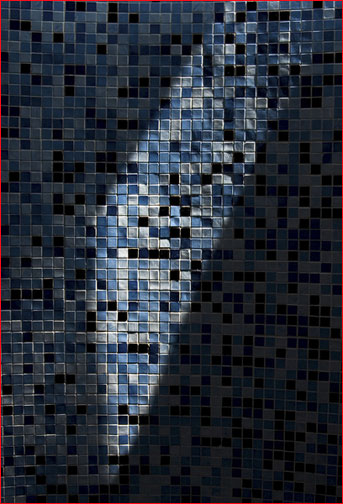
This leaves me with only one option: Adobe Photoshop CS. At the recent PMA, Adobe announced an upgrade of the RAW plug in for Photoshop CS which supports RAW files from the D2 and the LC1.
PS CS does a reasonable job with LC1’s RAW files, but one MUST modify the default RAW conversion settings. By default, Luminance Smoothing is turned off for LC1’s RAW files, resulting in very grainy and noisy images even at ISO 100. When I compared the results to LC1’s straight-out-of-the-camera JPEGs, the JPEGs win hands down. This leads me to further investigate PS CS’s RAW plug in and discovered that you MUST adjust the Luminance Smoothing in order to clean up the noise.
The one biggest problem, and most talked about problem with the LC1 and D2 is the lack of buffer when shooting in RAW. Why exactly did Panasonic/Leica design it this way is beyond my comprehension. But as a result, in RAW mode, shot-to-shot speed is seriously compromised. Using a Sandisk Ultra II 512MB SD card, you get 1f/6s (that is 1 frame per 6 seconds) in RAW mode, vs in JPG mode, you get 2.7fps (very reasonable). This may be a ‘deal breaker’ for some of you, but given my intended purpose with this camera, it actually does not bother me at all.
Premature Conclusion
It is easy to be overjoyed when one acquires a new ‘toy.’ So this can be at best my premature conclusion of the LC1.
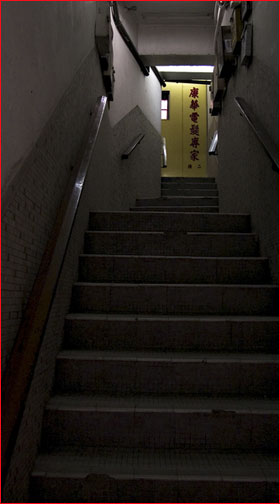
I simply love this camera. A good camera is much more than resolution or other technical measures. While the LC1 is no slouch regarding these technical measures, the camera is a clear winner in terms of design. This is a camera that will give you the confidence, the control and image quality in a compact package. The feeling of holding a camera, not a ‘latest and greatest electronic gadget’ brings back good old feelings. In terms of operations, I find the LC1 more similar to the Contax G2 than to my Leica M7. It feels like a rangefinder, but it is not. The EVF/LCD finders do actually give you the WYSIWYG, SLR kind of perspective with no parallax.
The LC1 is pricey, and many people may not appreciate it the way it deserves to. But only time will tell how the LC1 will stand up against competitions. In terms of dollar value, the LC1 and D2 will not be very high on the list, but is it a good camera? You bet!
© 2004 — Wai-Shan Lam
For more information:
I have been making notes as I learn about the camera. More of my findings and more full size samples can be found on on thisforum. I will do a more thorough review on the above URL in due time.
You May Also Enjoy...
14nInitial Impressions Part Two
You will find part one of this review here Sunday, March 23, 2003I ended yesterdays first part of this initial review of the Kodak DCS
PhotoPlus Report 2021 – Except There’s no PhotoPlus – and Epson P900 First Impressions
FacebookTweet Let’s start with two upcoming reviews, one of which has extensive first impressions and setup experiences here. I had the Fujifilm GF 23mm lens
